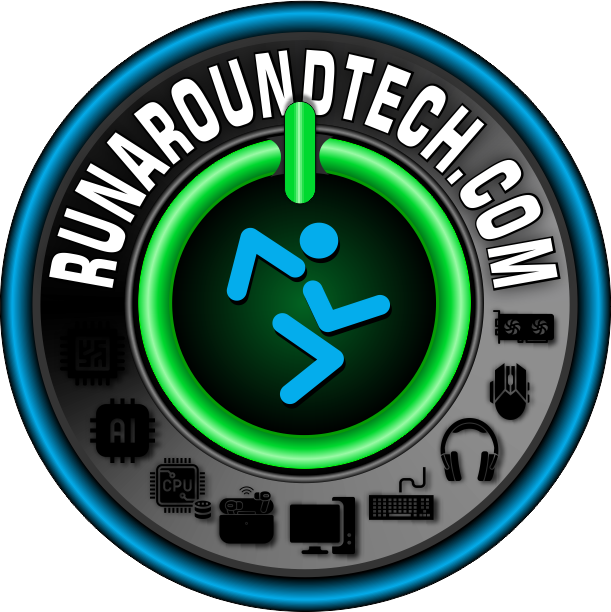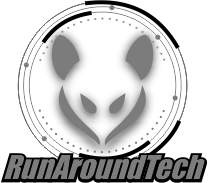The Internet of Things (IoT) has transformed how homes operate. Connected devices now handle daily tasks, optimize resources, and create safer environments. Families can adopt IoT tools to improve comfort, reduce costs, and manage homes more efficiently. Much of IoT tech is driving revolutionary advancements in home automation that reshape daily routines and household interactions.
Smart Home Energy Management
Smart energy management sits at the center of IoT innovation. Devices such as thermostats, intelligent plugs, and adaptive lighting systems monitor usage patterns and adjust automatically. A thermostat lowers heating or cooling when no one is home, while lights turn off in empty rooms. Automated adjustments create noticeable savings on household energy use. The resulting energy efficiency supports sustainability goals. Automated systems prevent waste, cut monthly bills, and reduce environmental impact.
IoT solenoids add another layer of precision by managing water flow in home systems. The main advantage of low-powered solenoid valves is easy integration into IoT systems, such as for garden irrigation. Solenoids can shut off automatically when sensors detect sufficient soil moisture, preventing leaks and overwatering. IoT tech drives advancements in home automation by allowing homeowners to manage energy and resources in smarter ways that benefit both their budgets and the planet.
Intelligent Security and Surveillance Systems
Security technology powered by IoT gives homeowners control beyond traditional locks and alarms. Smart doorbells stream live video, connected locks respond to remote commands, and motion detectors send real-time alerts to smartphones. Live video, remote locks, and motion alerts place oversight directly in the hands of the user.
Artificial intelligence strengthens security further. Cameras recognize faces, detect unusual activity, and reduce false alarms that could once drain a person’s time and attention. With IoT tech, households gain peace of mind through proactive protection and reliable monitoring.
Voice Assistants and Centralized Control
IoT thrives when systems work together under a central hub. Platforms such as Amazon Alexa, Google Home, and Apple HomeKit integrate multiple devices. A single voice command adjusts lighting, modifies thermostat settings, or queues entertainment. Centralized control makes managing devices intuitive instead of complicated.
Centralized systems also enhance accessibility. Elderly residents, children, and individuals with limited mobility manage devices with voice or app commands. Smart platforms now provide practical support that improves the quality of life of a wide range of users.
Health and Wellness Monitoring at Home
IoT extends its influence into personal health. Smart air purifiers, humidity trackers, and carbon dioxide sensors maintain safe indoor conditions. Air purifiers, trackers, and sensors alert residents before air quality reaches harmful levels, ensuring comfort and safety.
Wearable devices link directly to smart homes. A fitness tracker may signal when sleep quality declines, prompting the home to adjust temperature or lighting to aid rest. Together, health-focused devices turn living spaces into proactive wellness environments.
Future-Proofing Homes With Connected Ecosystems
Homeowners also think about longevity when adopting new technology. Connected ecosystems ensure devices from different brands work seamlessly together. A homeowner can add a smart refrigerator or new lighting without rebuilding the entire system.
A modular IoT design protects long-term value. Future-ready systems adapt to new standards, allowing homes to evolve with technology instead of falling behind. IoT ecosystems create houses that remain functional, efficient, and modern for years to come.
IoT tech continues to drive advancements in home automation by providing homeowners with control that improves daily living. Those who embrace connected technology gain efficiency, comfort, and safety while preparing their homes for the next wave of innovation.

